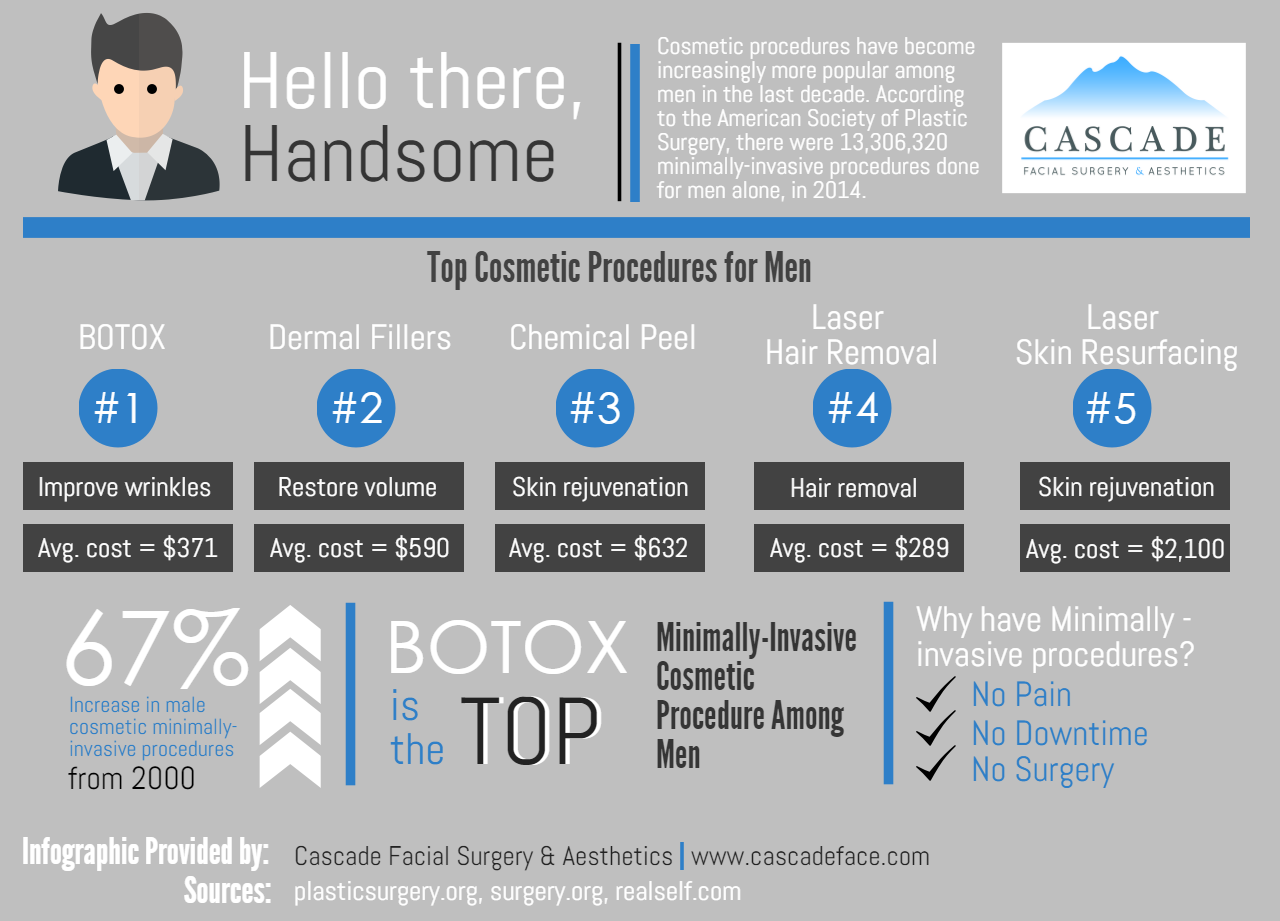How To Treat Back Acne Bacne
How To Treat Back Acne Bacne
Blog Article
Hormonal Acne - What is Hormonal Acne?
Hormone acne is defined by blocked pores and oily skin that generally appears on the chin and jawline. It takes place when hormone modifications trigger swelling and microbial overgrowth within hair follicles.
Outbreaks might look like whiteheads, blackheads, papules or pustules and cysts or nodules in much more serious situations. It is a lot more usual in teenagers going through puberty but can impact adults of any type of age.
What Triggers Hormonal Acne?
While acne can be triggered by a range of variables, including utilizing hair and skin care products that aren't oil-free or made with ingredients that could clog pores, hereditary tendency, diet plan,2 and anxiety, the origin is rising and fall hormonal agents. Hormone acne takes place when the body experiences hormone adjustments and variations that bring about an overflow of sebum, which creates swelling, boosted development of germs and adjustments in skin cell task.
Hormonal acne is typically discovered on the lower jawline, cheeks and neck however can appear anywhere on the body. It is defined by blemishes that are cystic, uncomfortable and full of pus or other material. It is also more likely to occur in females than men, specifically throughout the age of puberty, the menstruation, maternity or menopause.
Age
While lots of youngsters experience acne at some point throughout the age of puberty, it can remain to pester adults well into the adult years. Called hormone acne, this form of breakout is tied to fluctuations in hormonal agents and is normally most typical in ladies.
Hormonal acne occurs when oil glands generate way too much sebum, which obstructs pores and catches dead skin cells. This results in the formation of imperfections, such as whiteheads, blackheads and papules, pustules, cysts or blemishes, deep under the surface.
This type of imperfection commonly triggers pain, soreness and swelling. It may also be intermittent and appear around the same time every month, such as right prior to your period starts. This is because levels of women hormonal agents like progesterone and oestrogen vary with each menstrual cycle.
Menstrual Cycle
Hormone acne normally appears in the lower part of your face, along the jawline and cheeks, as whiteheads, blackheads or inflammatory acnes (acnes and cysts). It's probably to appear around the moment when your menstruation changes.
Especially around ovulation, when estrogen and progesterone degrees get on the increase, hormone variations can trigger breakouts. But it's additionally feasible to get acne at any kind of factor during your 28-day menstrual cycle.
If you see that your hormonal acne flares up right prior to your period, try seeing when precisely this happens and see if it connects to the stages of your 28-day menstrual cycle. This will certainly assist you pinpoint the origin of your skin difficulties. For instance, you may wish to deal with stabilizing your blood sugar level and eliminating high-sugar foods, or consider a prescription drug like spironolactone that can control your hormones.
Maternity
Growing a child is a time of remarkable hormonal modifications. For numerous females, this includes a flare-up of hormone acne. This kind of breakout normally begins in the initial trimester, around week 6. It's caused by hormonal agent rises that promote sebaceous glands to make even more oil, which can clog pores and create more microorganisms to develop.
Breakouts might also take place as a result of pre-existing conditions like polycystic ovary disorder, which can also be a concern during pregnancy and menopause. Additionally, some types of contraceptive pill (such as Ortho Tri-Cyclen and YAZ) can set off hormone acne in some ladies.
Thankfully, the majority of acne treatments are "no-go" for expectant women (consisting of popular acne-fighting active ingredients such as isotretinoin and spironolactone). But if you can not avoid those aggravating bumps, your physician might recommend dental erythromycin or cephalexin, which are safe while pregnant.
Menopause
As women come close to menopause, the estrogen levels that triggered their hormonal agent acne to flare up during the age of puberty begin to maintain and decrease. At the same time, nevertheless, a spike in androgens (additionally referred to as male hormonal agents) occurs since these hormones can't be exchanged estrogen as efficiently as in the past.
The excess of androgens can activate oil manufacturing by the sebaceous glands, which obstructs pores. When the clogged pores become irritated and irritated, a pimple kinds.
Hormonal acne is usually seen on the face, specifically around the chin and jawline, but it can happen on the neck, back, shoulders, or upper body. This type of acne has a tendency to flare in an intermittent read more pattern, similar to the menstruation. Stress and anxiety, which increases cortisol and tosses hormonal agents out of balance, likewise adds to the outbreaks.